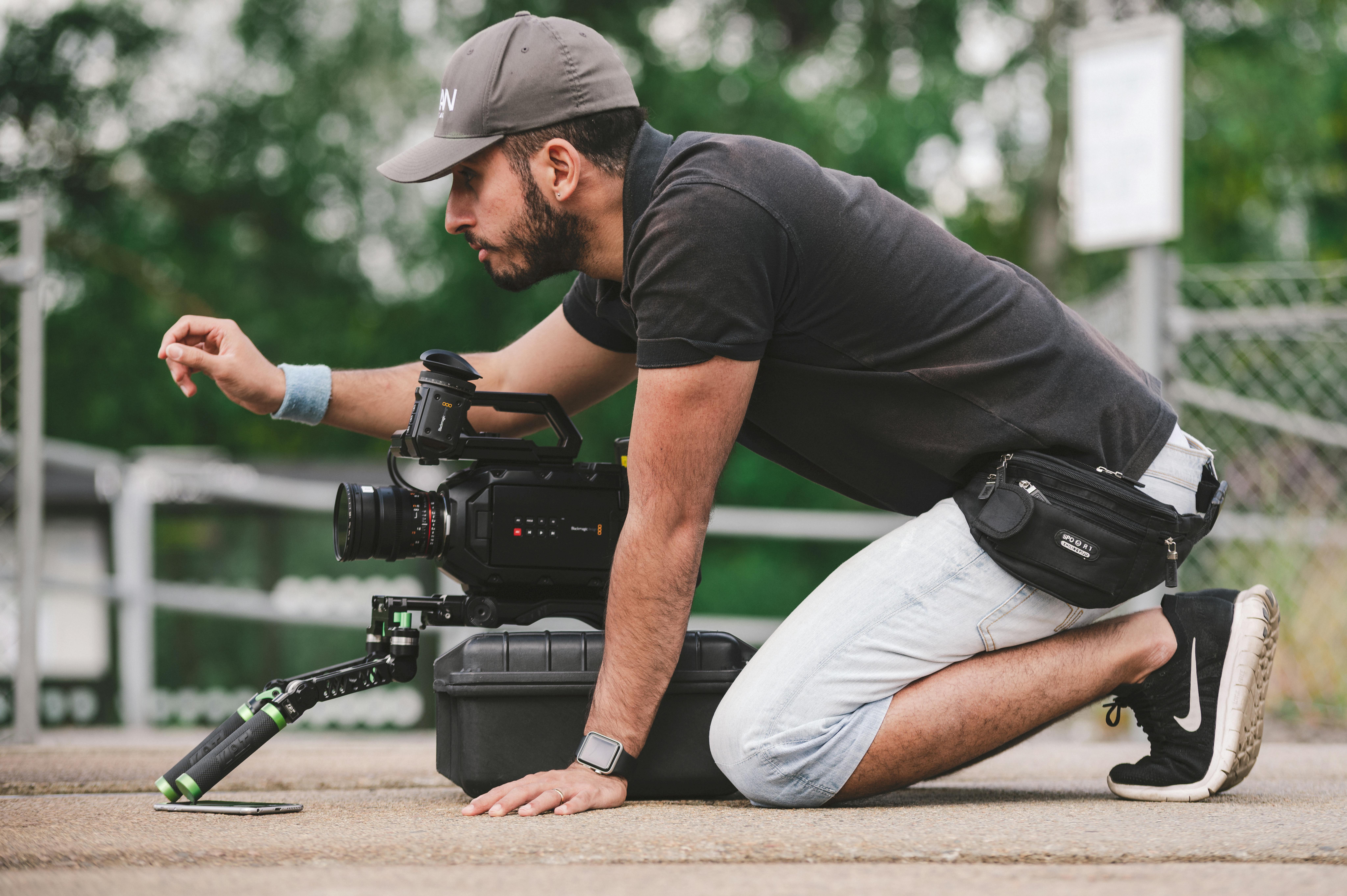How many times have you sat in front of a talking head promo video that would make watching paint dry look like something Academy Award-winning by comparison? What many small business owners don’t seem to realize is that low-budget video can have huge budget appeal in the modern world of digital video production.
How to put the professional in production value
If you’ve ever watched one of those home improvement shows on HGTV, or sat through an hour of vicarious torture while watching Mike Rowe take on another one of his “Dirty Jobs,” then you know that even the most mundane, or even the most frankly A disgusting topic can, in the hands of a professional producer, become a must-see television. What most business people don’t think about before shooting a promotional video is that the production value isn’t just for the major networks. Of course, to get from here to there, you need to follow some advice from the pros, one of which is to plan, plan, plan long before you open your camcorder.
The pre-production blues
Before you even shoot a foot of digital videotape, you need to lay the groundwork and possibly the script for your video. In the business, this is known as pre-production. To get started, you need to ask yourself a few questions. For starters, what do you hope to achieve with this video? Are you looking to promote your products, or is it an educational video, meant to enlighten the potential customer or train your staff? Will the video speak for itself, or will you need to add a substantial amount of captions to get your point across?
Where do you plan to shoot the video, indoors or outdoors? Do you plan to get in front of the camera or do you plan to hire professional on-screen talent?
How long do you think the video will run? 10 minutes? 30 minutes? One hour? Keep in mind that what ends up as an hour on screen could take several days to film. Add to this the fact that, on average, every hour in the can equates to four hours of post-production and you might want to consider joining the “Less is More” video production school. Plus, as anyone who has ever watched YouTube can attest, short videos can pack as much or more of a visual impact than a long video.
Speaking of which, you also need to know how much you have budgeted for the entire video. If your total budget is only $3,000-$5,000, don’t plan on shooting multiple locations, using extensive sets, and incorporating a series of complicated dramatizations.
Lights, camera, virtual action
That’s not to say you need to spend $20,000 to put together a meaningful promo video. In fact, with the advent of modern digital video production methods, you can get a great return on your production investment by employing a little digital film magic. With “green screen” technology (known in the business as Chroma Key) you can make it look like your video was shot on a professional set, on the beach or on the surface of the Moon, all the while without leaving your office. . . Modern Chroma Key technology, when used correctly, reduces costs and improves production values. We’ve all seen Chroma Key in action on the evening news. This is what the meteorologist stops at when showing a fast approaching storm or the 5 day forecast. However, don’t think that all Chroma Key is capable of is projecting a two-dimensional background. Today’s Chroma and Vector Keying techniques employ three-dimensional arrays, built-in plasma displays, and can perform intricate camera pans and zooms that are far superior to anything you see on the TV news. Most importantly, these games can be customized to your specifications for a fraction of the cost of building a game. Best of all, in many situations, you can record your segment from the comfort of your office, since green screens are portable.
Talk the talk, then walk the walk
Before you get bogged down in scenario selection, you need to design a basic storyboard. This is much easier than writing a script, since it works with visual cues, rather than the written word.
For example, a client approached us with an idea that he wanted to use to promote his line of training tapes aimed at boaters. He planned to distribute the finished product both on disc and on the Internet. Before coming to us, he had talked to the owners of a tall ship about allowing him to use their ship as a location for his video. The only problem was that he didn’t know where to go from there. After participating in a meeting where we discussed various approaches, he opted for a simulated TV show that would entertain the viewer, while demonstrating the presenter’s expertise in the water and then presenting his product 3 times during the show.
Although it is not technically difficult, due to the sailing schedule of the big ship, it was decided to film two daytime segments and one nighttime segment of four hours each. Before we set sail, we sat down with the client and sketched out a four-page storyboard containing all the planned action, including the introduction, a tour of the ship, a “dirty work offshore” segment, a sunset charter, and the conclusion. Once we had erased the segments, we designed the storyboard. Rather than “write” the show, we decided to create a series of steps that would provide the presenter with an introduction and a series of questions to ask the skipper. After that, the scene would be created organically, like most VR TV shows.
To view the video mentioned above, go to http://www.youtube.com/profile?user=vaneton
In Part 2, I’ll show you how to select the best on-screen talent, filming tips, post-production secrets, and how to package the finished product.



